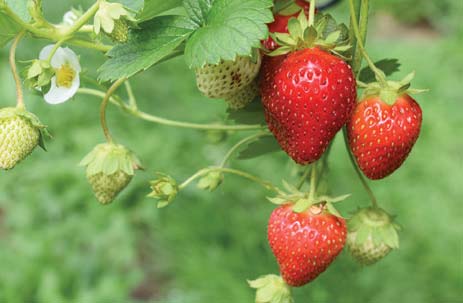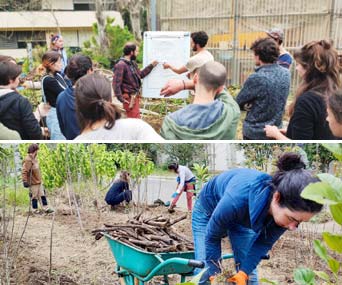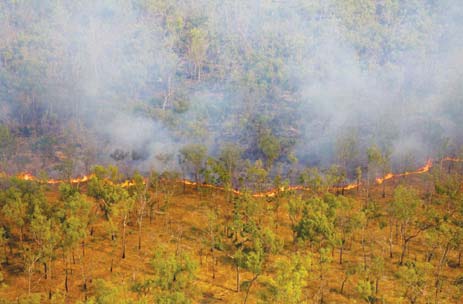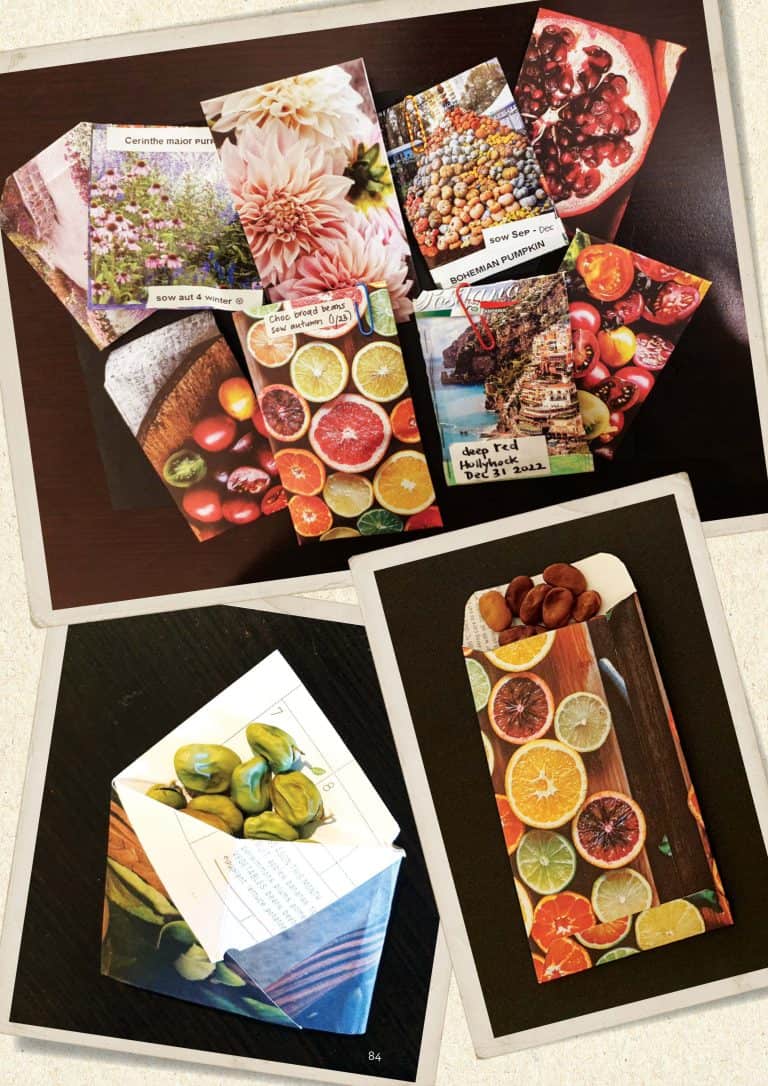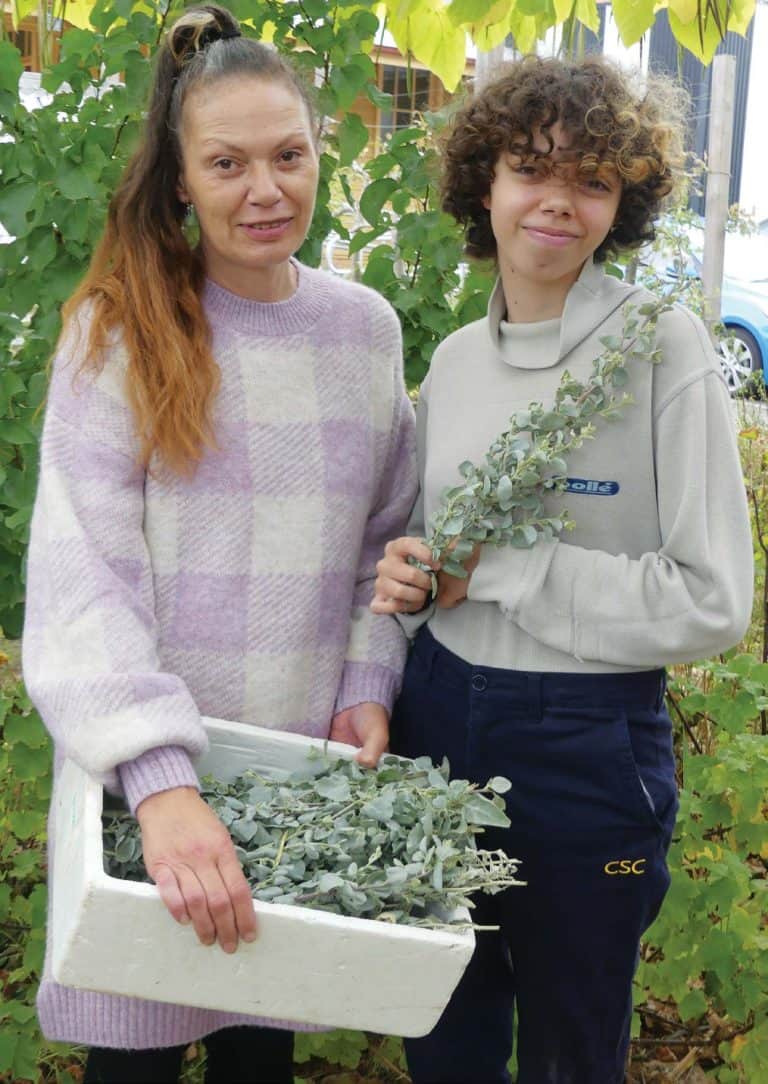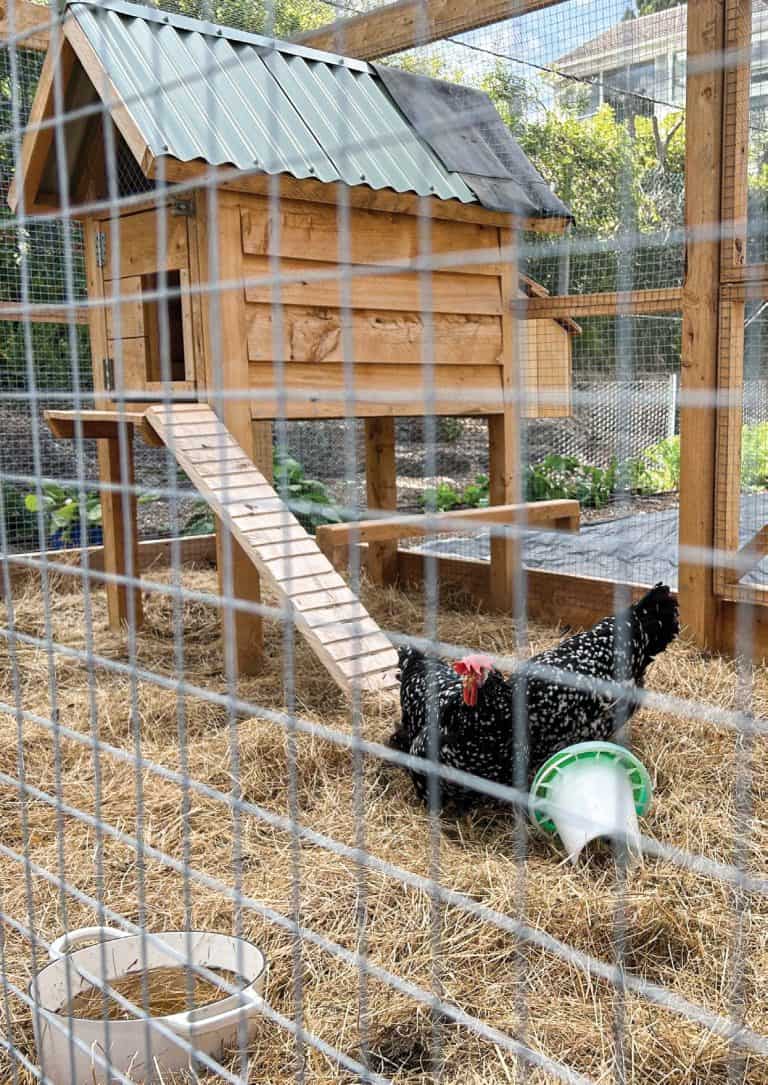INDIGENOUS KNOWLEDGE – Burrawang

The burrawang belongs to the cycad family. There are roughly 30 species of cycad along the east coast of Australia in tropical and subtropical climates. Other species occur in Central and other parts of Australia.
The botanical name for the burrawang on NSW’s south coast is Macrozamia communis, indicating the plant lives in small communities. In the local Aboriginal language, Dhurga, the burrawang is known as banggawu and the nut is called yiburr. The bulbous female seed cluster is more prolific compared to the elongated male cluster. You’ll usually find one or two male plants among the community of females.



